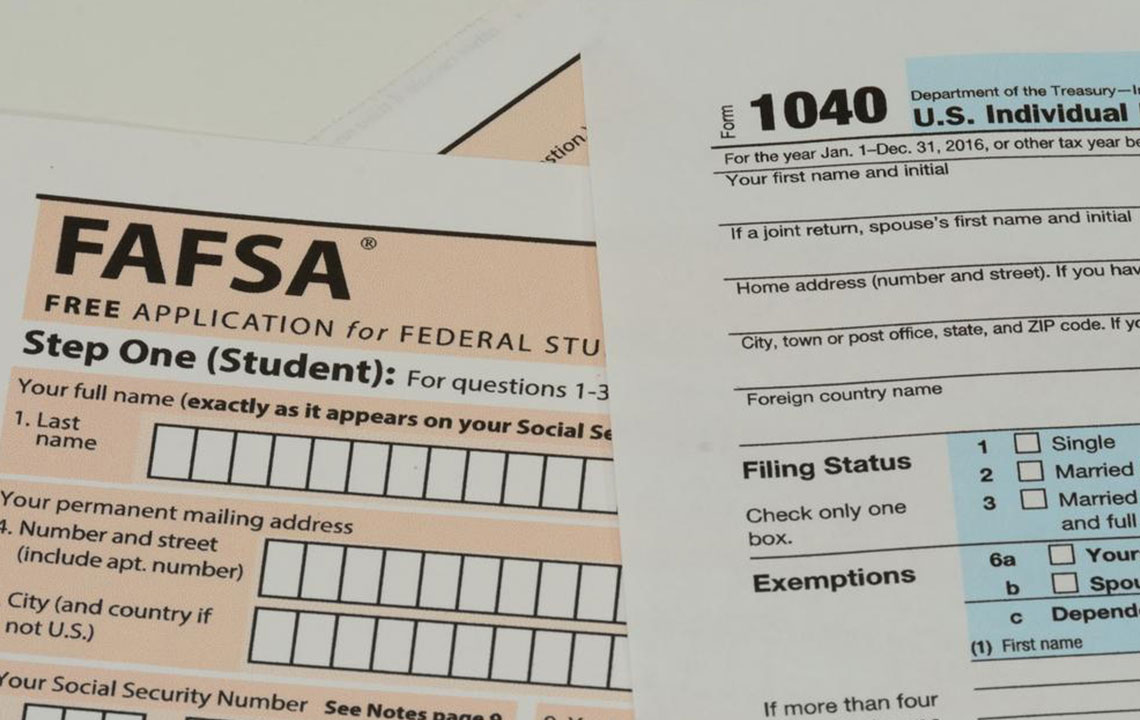A Comprehensive Guide to the Pell Grant: Empowering Students for Higher Education Success
The Pell Grant is a vital federal financial aid program designed to support low-income undergraduate students in accessing higher education. This comprehensive guide discusses eligibility, application processes, award amounts, and the grant's role in making college more affordable and accessible. Understanding these key aspects can help students maximize this invaluable resource, enabling them to pursue their academic ambitions without the burden of repayment. With no repayment required, the Pell Grant plays a crucial part in fostering educational equity and empowering the next generation of professionals to achieve their career goals.

A Comprehensive Guide to the Pell Grant: Empowering Students for Higher Education Success
Access to higher education remains a significant challenge for many American students due to rising tuition costs and financial barriers. To bridge this gap, the U.S. Department of Education has developed numerous financial aid programs, with the Pell Grant standing out as one of the most impactful and widely utilized federal grants. The Pell Grant is designed to make college more affordable for low-income students, providing critical financial support without the burden of repayment, thereby opening doors to higher education and future career opportunities.
The Pell Grant is predominantly aimed at undergraduate students demonstrating financial need. This grant is allocated annually, assisting thousands of students across the country to pursue their educational goals. For the 2017-2018 academic year, the maximum award was set at $5,920, although the actual amount awarded varies based on individual financial situations, enrollment status, and academic expenses.
Key Insights About the Pell Grant
The Pell Grant remains the federal government's largest source of financial aid for students facing economic hardships. Its primary criterion for eligibility revolves around demonstrated financial need, as determined by the Free Application for Federal Student Aid (FAFSA). To qualify, students must be enrolled at least half-time in an approved college or university program and meet other academic and citizenship requirements. The grant is open to U.S. citizens and eligible non-citizens, including certain non-citizen nationals and individuals with specific immigration statuses. Even students pursuing post-baccalaureate certificates can qualify, broadening access to this vital financial resource.
Application procedures for the Pell Grant are straightforward but require timely submission of the FAFSA form each year. Once applicants complete the FAFSA, they receive an official financial aid award letter that details the grant amount they are eligible for during that academic year. Because the grant amount is reassessed annually, students must submit a new FAFSA form each year to renew their eligibility, ensuring continuous access to financial support for their studies.
Importantly, unlike student loans, the Pell Grant does not require repayment, making it an invaluable resource for low-income students striving to achieve higher education without incurring substantial debt. The grant not only alleviates financial strain but also encourages broader participation in post-secondary education, promoting social mobility and economic opportunity across the nation.





